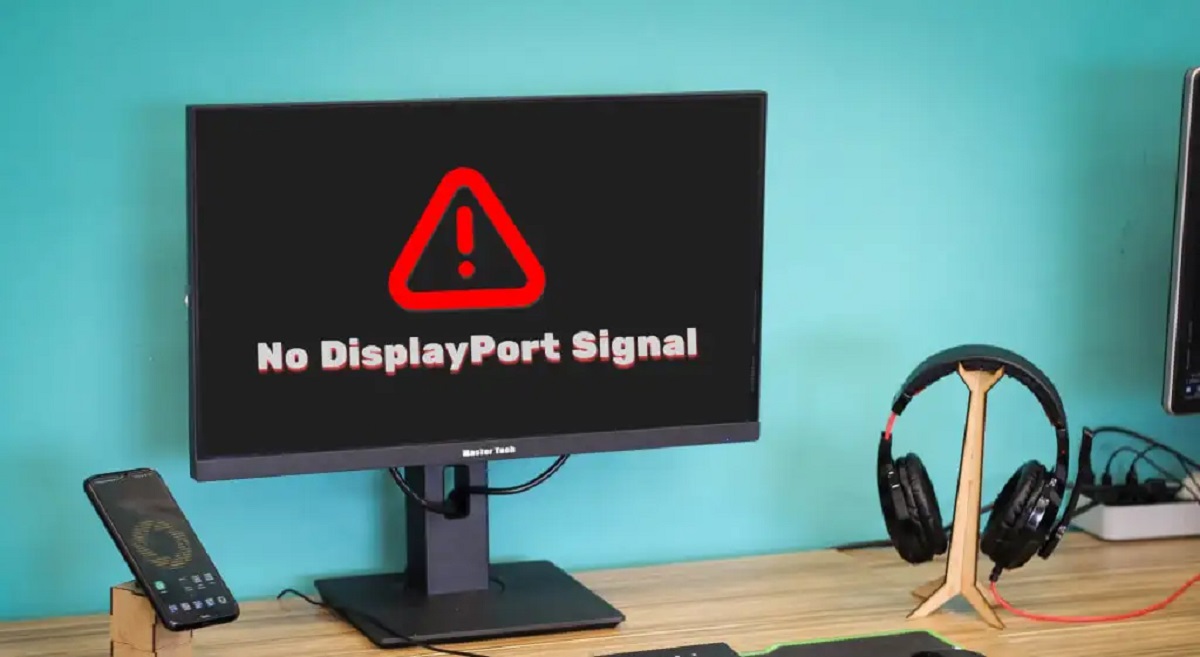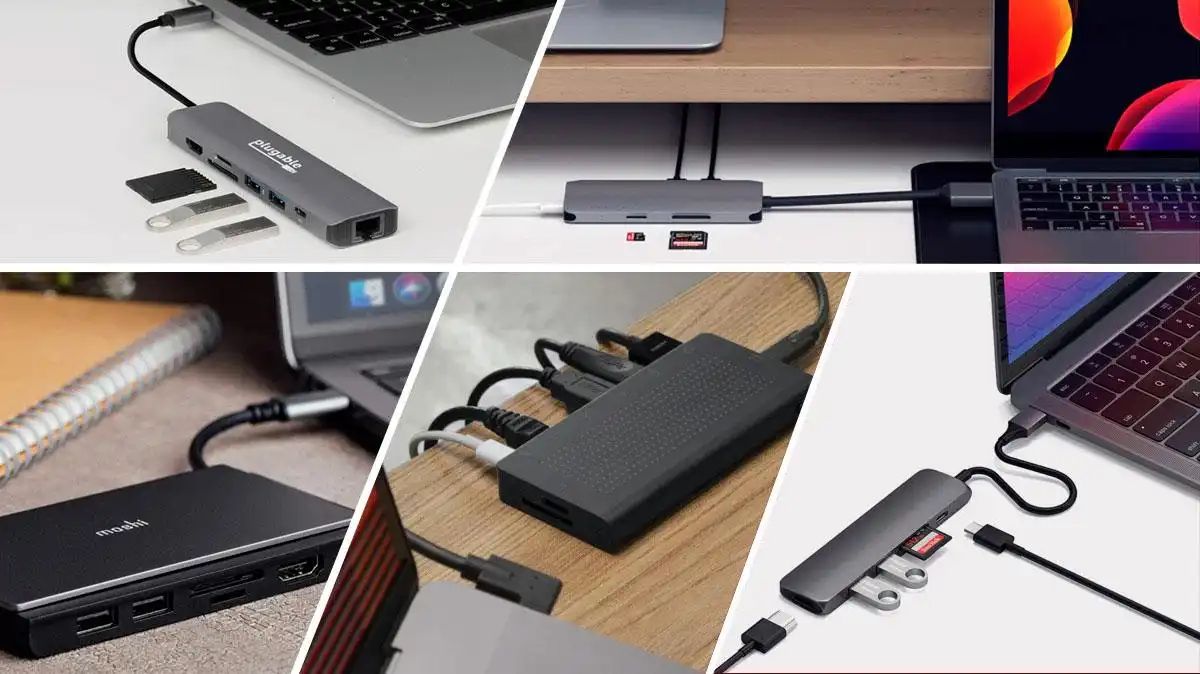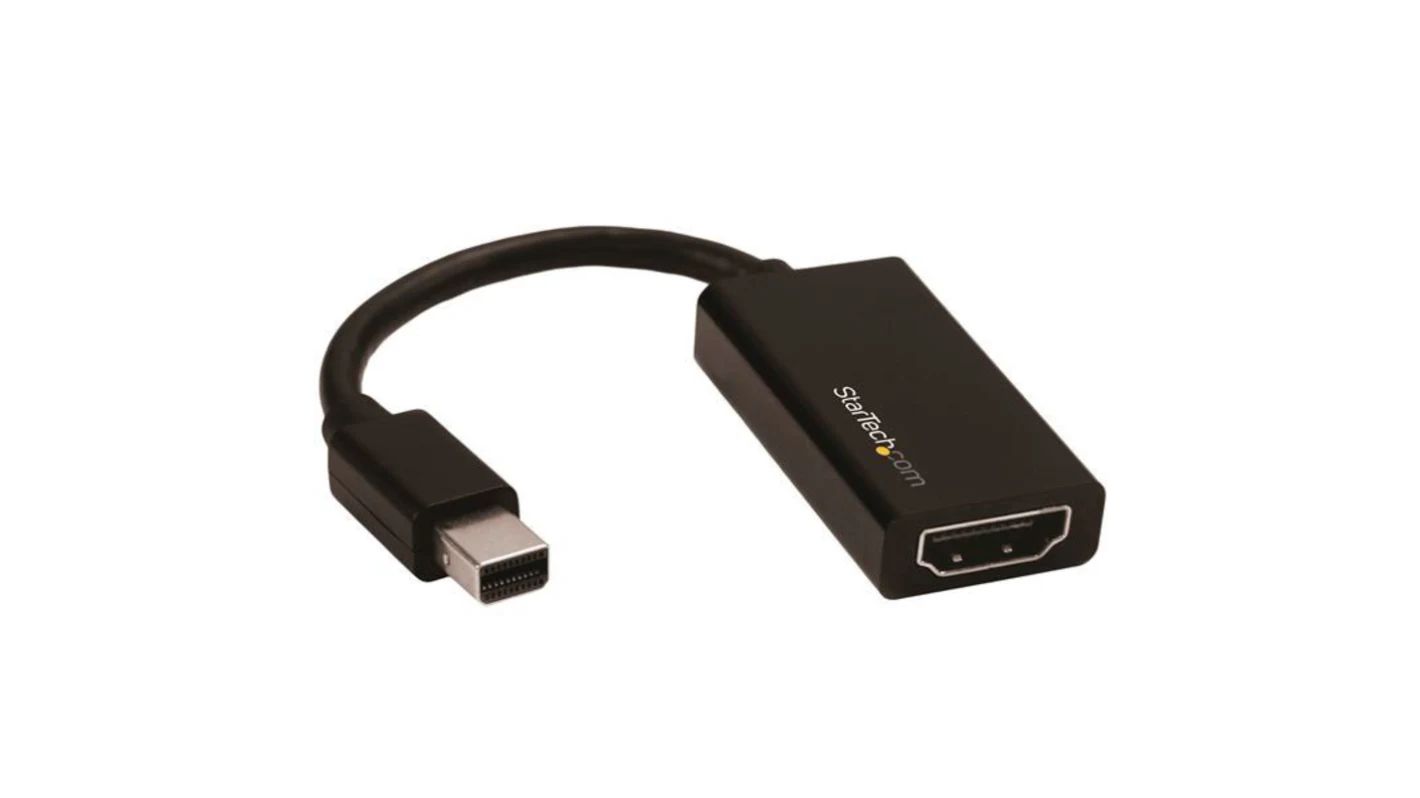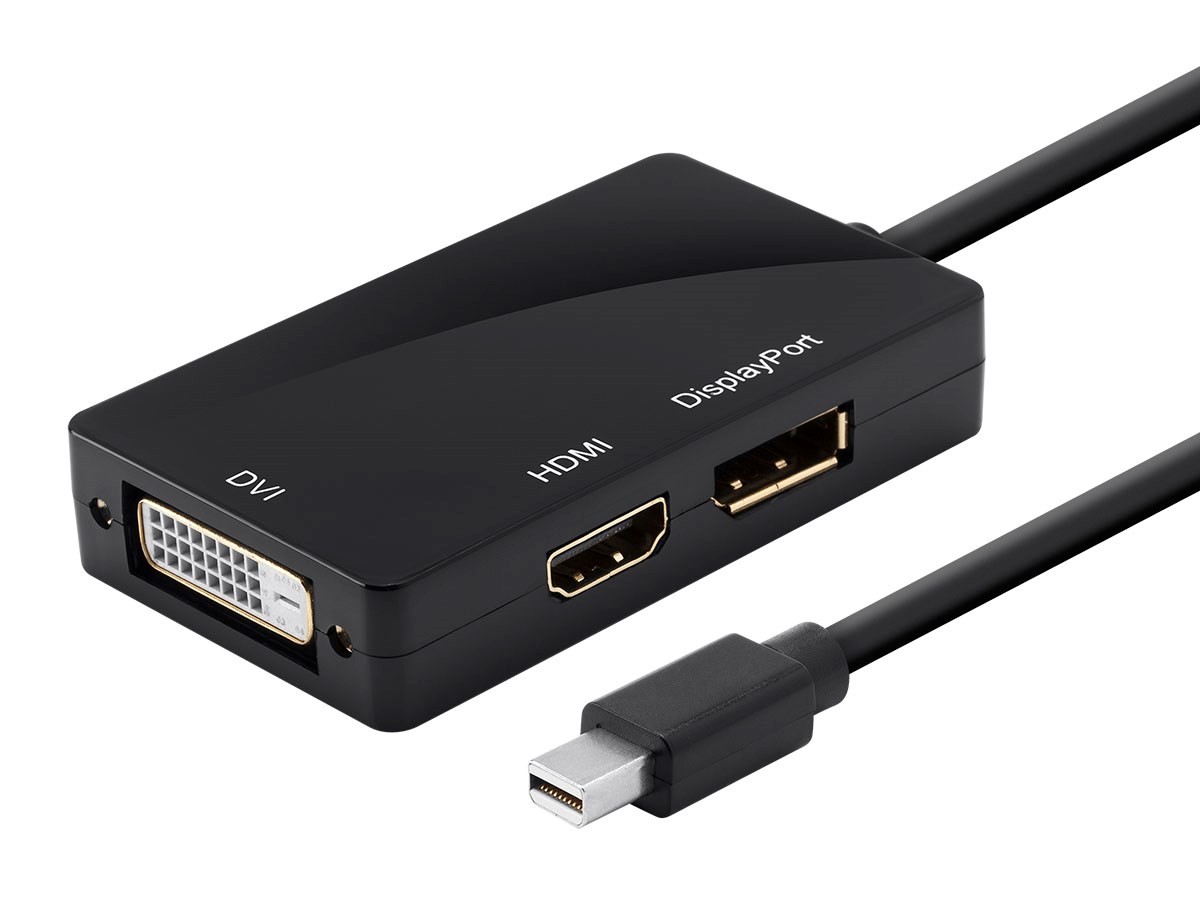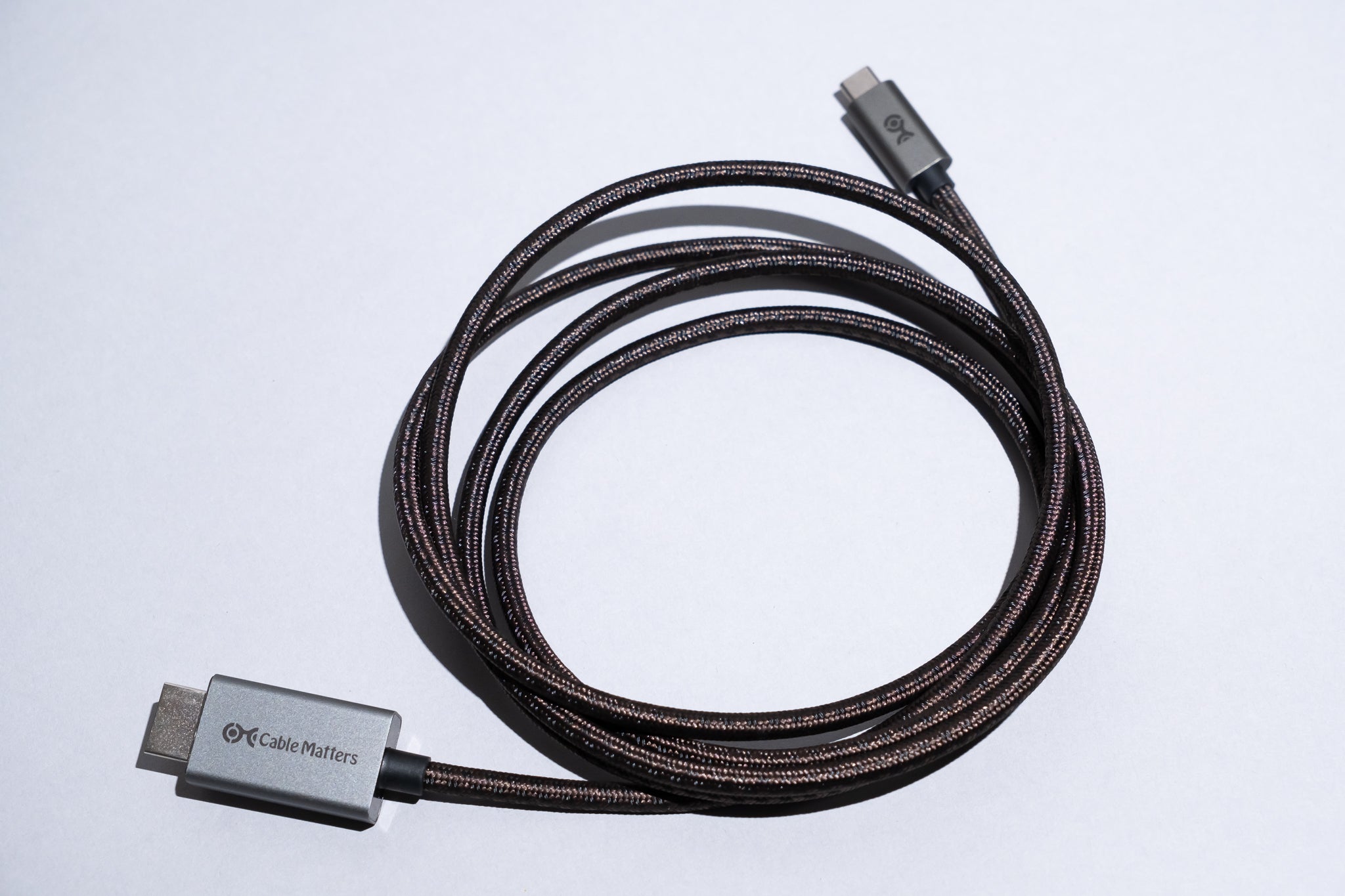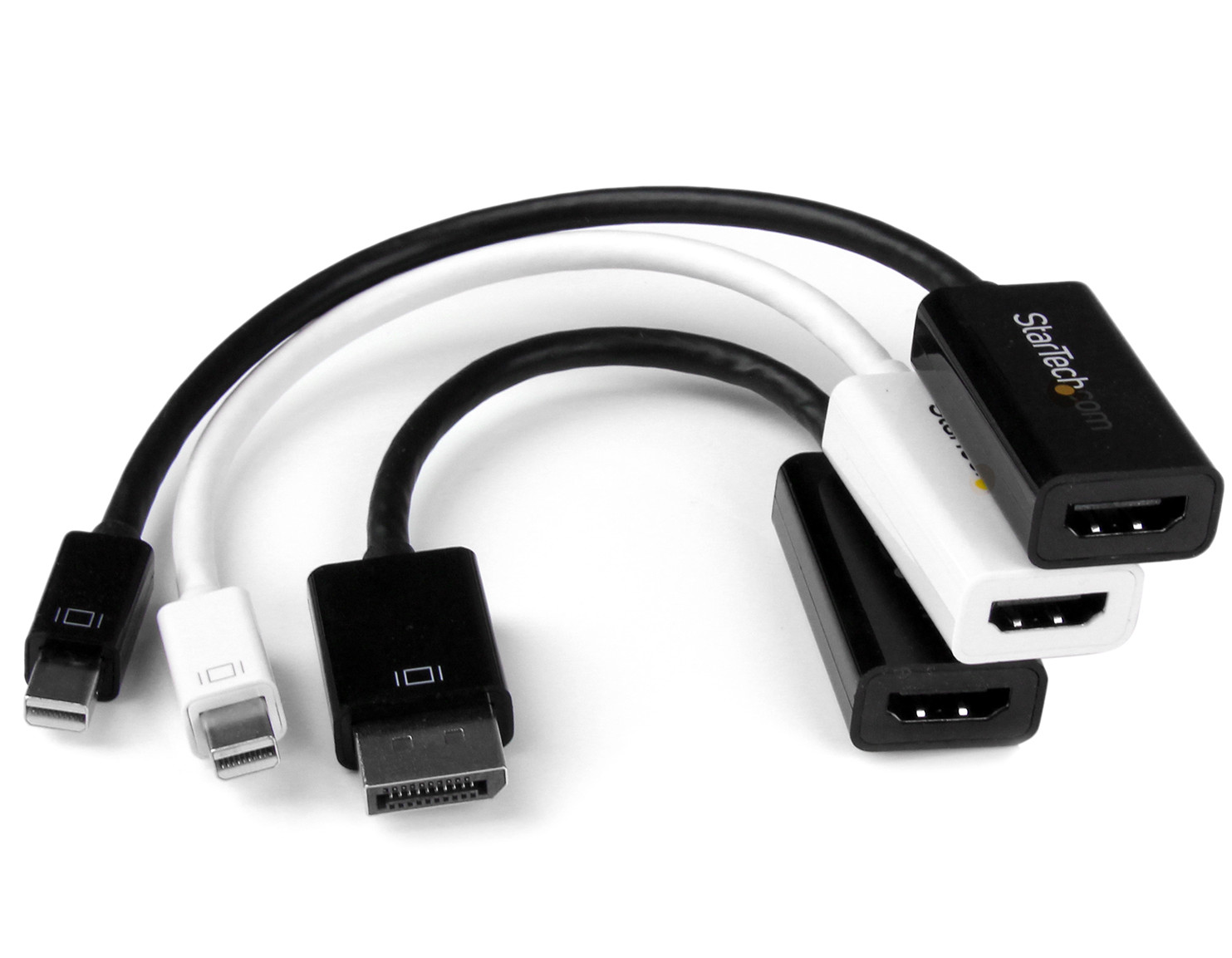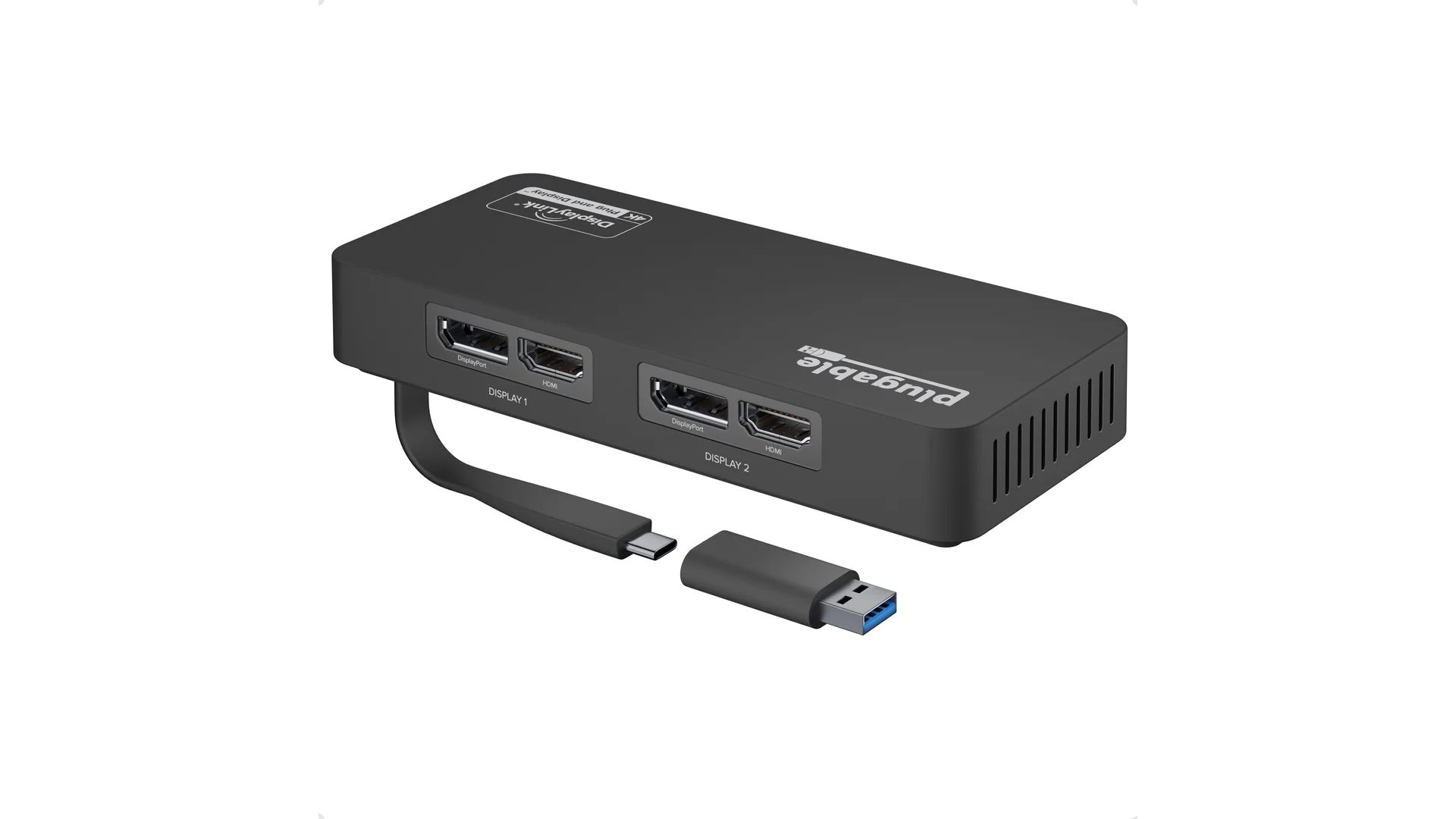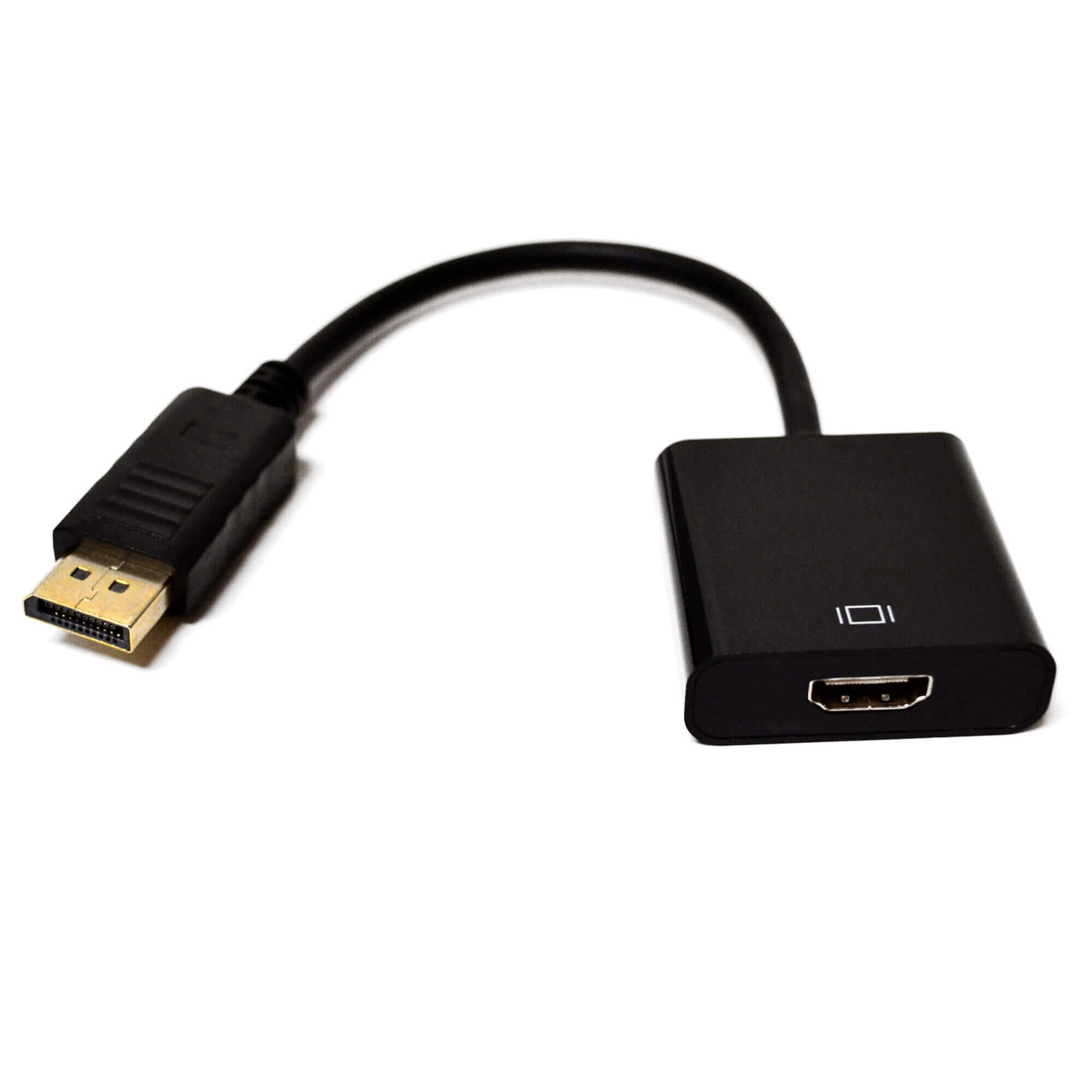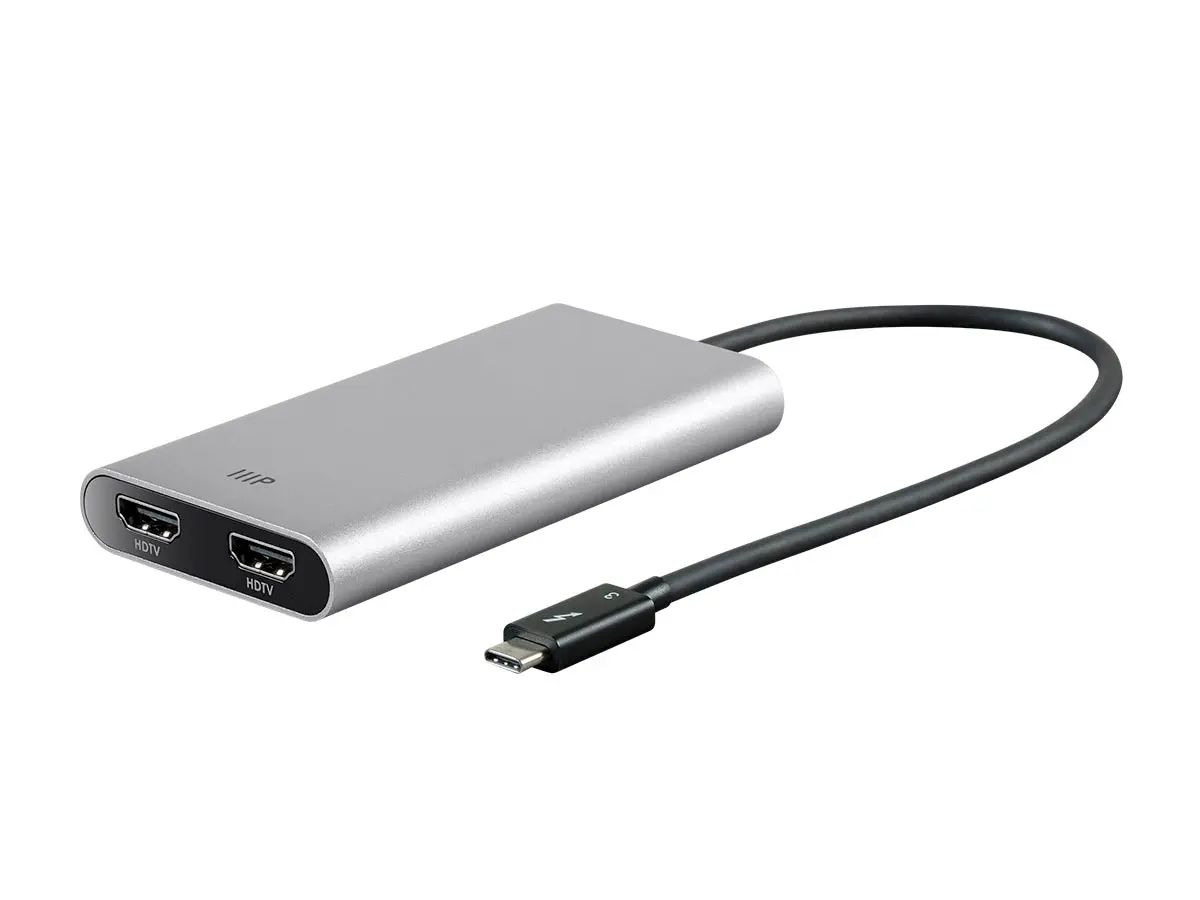Introduction
Welcome to this informative article that aims to demystify the DP signal on Dell monitors. In today’s world, where digital displays have become an integral part of our daily lives, understanding the different display signals is crucial. Among these signals, the DP (DisplayPort) signal stands out as a reliable and versatile option for connecting monitors to various devices.
So, what exactly is the DP signal, and why is it widely used on Dell monitors? In this article, we will delve into the intricacies of the DP signal, explore its benefits over other display signals, learn how to connect a DP signal on a Dell monitor, and address some common troubleshooting issues you may encounter.
But first, let’s briefly touch upon the significance of display signals and their role in the world of monitors and visuals. Display signals are essentially the channels through which the image and video data are transmitted from a computer or other display devices to the screen and vice versa. These signals ensure the seamless transmission of visual content, allowing us to enjoy crisp images, vibrant colors, and smooth video playback.
Now, with that foundation laid, let us dive into the world of the DP signal and understand why it’s a preferred choice for Dell monitors.
What is DP Signal?
The DP signal, or DisplayPort signal, is a digital display interface standard developed by the Video Electronics Standards Association (VESA). It is used to transmit video and audio signals from a computer or other devices to a display, such as a Dell monitor.
The DP signal offers several advantages over other display interface standards, including a high data transfer rate, high resolution support, and multi-stream capabilities. With a high data transfer rate of up to 32.4 Gbps, the DP signal can handle bandwidth-intensive tasks with ease, providing a smooth and lag-free display experience. This is especially important for professionals in graphic design, video editing, and gaming, where the accuracy and responsiveness of the displayed content are of utmost importance.
Furthermore, the DP signal supports high resolutions, including 4K and even 8K, allowing users to enjoy stunning visuals and sharp details on their Dell monitors. It also supports High Dynamic Range (HDR) content, which enhances the color and contrast of displayed images, resulting in a more immersive viewing experience.
Another standout feature of the DP signal is its ability to support Multi-Stream Transport (MST) technology. This means that a single DP cable can be used to connect multiple monitors, creating a daisy-chained setup. This is particularly useful in professional environments where multiple monitors are required for efficient multitasking or for creating an expansive display wall.
Moreover, the DP signal is backward compatible with older versions, ensuring that Dell monitors with DP inputs can be connected to devices with older DP versions or other display interfaces with the use of adapters or converters. This versatility makes the DP signal a reliable and future-proof choice for connecting Dell monitors to various devices.
In summary, the DP signal is a high-performance display interface standard that offers a range of benefits, including high data transfer rates, support for high resolutions and HDR content, and MST capabilities. These features make it an ideal choice for Dell monitors, ensuring a superior visual experience for users across a wide range of applications.
Benefits of DP Signal on Dell Monitors
When it comes to choosing how to connect your Dell monitor to a device, the DP (DisplayPort) signal offers several noteworthy advantages. Let’s explore the key benefits of using the DP signal on Dell monitors.
1. High Performance: The DP signal ensures high-quality performance, allowing for fast data transfer rates and excellent video and audio quality. With its high bandwidth capability of up to 32.4 Gbps, the DP signal can handle demanding tasks, such as gaming, video editing, and graphic design, without compromising on visual fidelity or responsiveness.
2. Wide Compatibility: Dell monitors with DP inputs can seamlessly connect to a wide range of devices, including desktop computers, laptops, gaming consoles, and media players. The DP signal’s backward compatibility with older versions ensures that you can connect your Dell monitor to devices with different DP versions or other display interfaces using adapters or converters.
3. High Resolution Support: The DP signal supports a range of high resolutions, including 4K and even 8K, delivering stunning visuals and sharp details. Dell monitors equipped with the DP input can take full advantage of this high resolution support, providing users with a superior viewing experience suitable for tasks that require precise image quality, such as photo editing and content creation.
4. Multi-Monitor Setup: One of the standout features of the DP signal is its ability to support Multi-Stream Transport (MST) technology. With MST, a single DP cable can be used to connect multiple monitors, allowing for a daisy-chained setup. This proves beneficial for professionals who require an efficient multitasking environment or need to create an expansive display wall for a more immersive experience.
5. Future-Proof Technology: The DP signal is continually evolving and improving. By using DP-equipped Dell monitors, you are investing in a future-proof technology that will support new advancements in display technology for years to come. This ensures that your Dell monitor will remain compatible with upcoming devices and maintain its high-performance capabilities well into the future.
In summary, the DP signal offers high performance, wide compatibility, high resolution support, multi-monitor capabilities, and future-proof technology for Dell monitors. Whether you are a professional requiring precise visuals or an avid gamer seeking an immersive experience, the DP signal on Dell monitors will undoubtedly enhance your display experience and meet your diverse needs.
DP Signal vs Other Display Signals
When it comes to choosing the right display signal for your Dell monitor, you may come across various options, such as HDMI, VGA, and DVI. Let’s compare the DP signal with these popular display signals to understand the advantages it offers.
1. DP vs HDMI: While HDMI (High-Definition Multimedia Interface) is a widely used display signal, the DP signal offers several advantages. Firstly, the DP signal supports higher data transfer rates, allowing for seamless transmission of high-resolution content and supporting advanced features such as HDR. Additionally, the DP signal supports MST, enabling the connection of multiple monitors with a single cable. HDMI, on the other hand, typically supports only one monitor per cable. Lastly, the DP signal is backward compatible with older versions, ensuring compatibility with a wide range of devices.
2. DP vs VGA: VGA (Video Graphics Array) is an older analog display signal that is becoming increasingly outdated. When comparing the DP signal to VGA, the DP signal offers significant advantages in terms of image quality and resolution support. VGA connections are limited to lower resolutions and can suffer from signal degradation over long cable lengths, leading to reduced image quality. In contrast, the DP signal supports high-resolution displays, including 4K and 8K, providing sharper and more detailed visuals.
3. DP vs DVI: DVI (Digital Visual Interface) is another popular display signal, but it lacks some of the advanced features offered by the DP signal. The DP signal supports higher data transfer rates, allowing for smoother video playback and faster refresh rates. Additionally, DP supports MST, making it easier to set up multi-monitor configurations. While DVI can transmit high-resolution content, it often requires separate cables for audio, limiting its functionality compared to the DP signal.
Overall, the DP signal outshines other display signals, such as HDMI, VGA, and DVI, in terms of data transfer rates, resolution support, and advanced features like MST. Its compatibility with a wide range of devices and its ability to deliver superior image quality make the DP signal the optimal choice for connecting a Dell monitor.
How to Connect DP Signal on Dell Monitors
Connecting a DP (DisplayPort) signal to your Dell monitor is a straightforward process. Here’s a step-by-step guide on how to do it:
1. Check the ports: Start by identifying the DP ports on both your Dell monitor and the device you want to connect it to. Dell monitors usually have one or more DP ports labeled as “DP” or “DisplayPort”. Ensure that your device also has a compatible DP output.
2. Get the appropriate cable: Purchase a high-quality DP cable that matches the version of DP supported by your Dell monitor and device. Common DP cable types include standard DP, mini DP, and USB-C DP. Use a cable with the appropriate connector on both ends.
3. Power off and prepare the devices: Before connecting the DP cable, power off both your Dell monitor and the device you intend to connect it to. This ensures a safe and hassle-free connection.
4. Connect the cable: Plug one end of the DP cable into the DP port on your Dell monitor and the other end into the DP output port on your device. Make sure the cable is securely connected to both ends.
5. Power on the devices: Power on your Dell monitor first, followed by the device connected to it via the DP cable. This allows the devices to establish a proper connection and detect each other.
6. Select the DP input: On your Dell monitor, use the on-screen display (OSD) menu or the monitor’s physical buttons to navigate to the input settings. Choose the DP input option to enable the display to receive signals from the DP port.
7. Adjust settings if necessary: Depending on the device you’ve connected to your Dell monitor, you may need to adjust display settings, resolution, and audio output settings to optimize the viewing experience. Consult the device’s user manual or software settings for guidance.
8. Test the connection: Verify the successful connection by checking if the Dell monitor displays the content from the connected device. Ensure that the audio is also playing through the monitor’s speakers or connected audio devices as desired.
That’s it! You have successfully connected the DP signal to your Dell monitor. Enjoy the high-performance display experience that the DP signal provides.
Troubleshooting Common Issues with DP Signal on Dell Monitors
While connecting and using a DP (DisplayPort) signal on your Dell monitor is usually a smooth process, you may encounter some common issues along the way. Here are troubleshooting steps for resolving these issues:
1. No signal or blank screen: If your Dell monitor displays no signal or a blank screen after connecting the DP cable, first ensure that the cable is securely connected to both the monitor and the device. If the issue persists, try the following steps:
– Power off both the monitor and the device, then power them back on.
– Confirm that the DP input is selected as the active input source on your monitor.
– Verify that the monitor and the device are using compatible DP versions. If not, try using a different cable or an adapter to match the DP versions.
– Update the graphics card drivers on your device to the latest version to ensure compatibility.
2. Audio not working: If the audio is not playing through your Dell monitor after connecting the DP signal, follow these troubleshooting steps:
– Check the monitor’s audio settings. Ensure that the audio output is set to DP or DisplayPort.
– Verify that the audio volume is not muted or set to a very low level on both the monitor and the device.
– Update the audio drivers on your device to the latest version.
– If your monitor has built-in speakers, ensure that the audio output is properly connected and configured.
3. Flickering or intermittent signal: If you experience flickering or an intermittent signal on your Dell monitor when using the DP connection, consider these steps:
– Check the DP cable for any signs of damage or loose connections. Replace the cable if necessary.
– Try adjusting the monitor’s refresh rate and resolution settings to see if the issue improves.
– Verify that the graphics card drivers on your device are up to date.
– If using multiple monitors in a daisy-chained setup, ensure that each monitor in the chain is receiving adequate power and has the correct DP input selected.
4. Oversized or undersized display: If the content on your Dell monitor appears oversized or undersized after connecting the DP signal, try the following troubleshooting steps:
– Adjust the display settings on your device to ensure the resolution and scaling options are set correctly for your monitor.
– Explore the monitor’s OSD menu for any additional display scaling or overscan/underscan settings and adjust them if necessary.
– Update the graphics card drivers on your device to the latest version to ensure optimal compatibility.
If the above troubleshooting steps do not resolve the issues you are experiencing with the DP signal on your Dell monitor, consider reaching out to Dell customer support or consulting the user manual for further assistance. They can provide specific guidance tailored to your monitor model and help resolve any underlying technical problems.
Conclusion
Having explored the DP (DisplayPort) signal on Dell monitors, we have gained a comprehensive understanding of its features, benefits, and how to connect and troubleshoot common issues. The DP signal stands out as a high-performance and versatile display interface that offers numerous advantages over other display signals like HDMI, VGA, and DVI.
With its high data transfer rates, support for high resolutions, and multi-stream capabilities, the DP signal ensures superior image quality, responsiveness, and flexibility. Its compatibility with a wide range of devices and its ability to handle bandwidth-intensive tasks make it an ideal choice for professionals in various industries, as well as for gamers and multimedia enthusiasts.
By following the simple steps outlined in this article, you can easily connect the DP signal to your Dell monitor, optimizing the visual experience and unleashing the full potential of your monitor’s capabilities.
In case you encounter any issues, the troubleshooting steps provided will assist you in resolving common problems, such as no signal, audio issues, flickering, or improper display scaling. However, if the issues persist, it is recommended to consult Dell customer support or refer to the user manual for further guidance specific to your Dell monitor model.
In conclusion, the DP signal on Dell monitors offers a reliable and high-performance solution for connecting devices and ensuring a superior visual experience. Whether you’re a professional seeking accurate visuals, a gamer immersing yourself in virtual worlds, or a multimedia enthusiast enjoying high-resolution content, the DP signal on Dell monitors is a reliable and future-proof choice that will meet your display needs for years to come.







